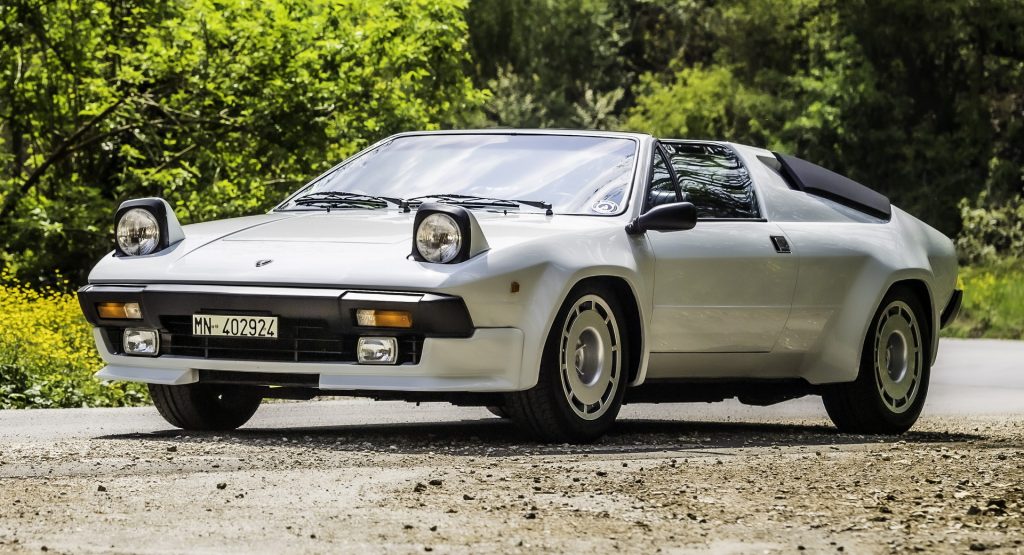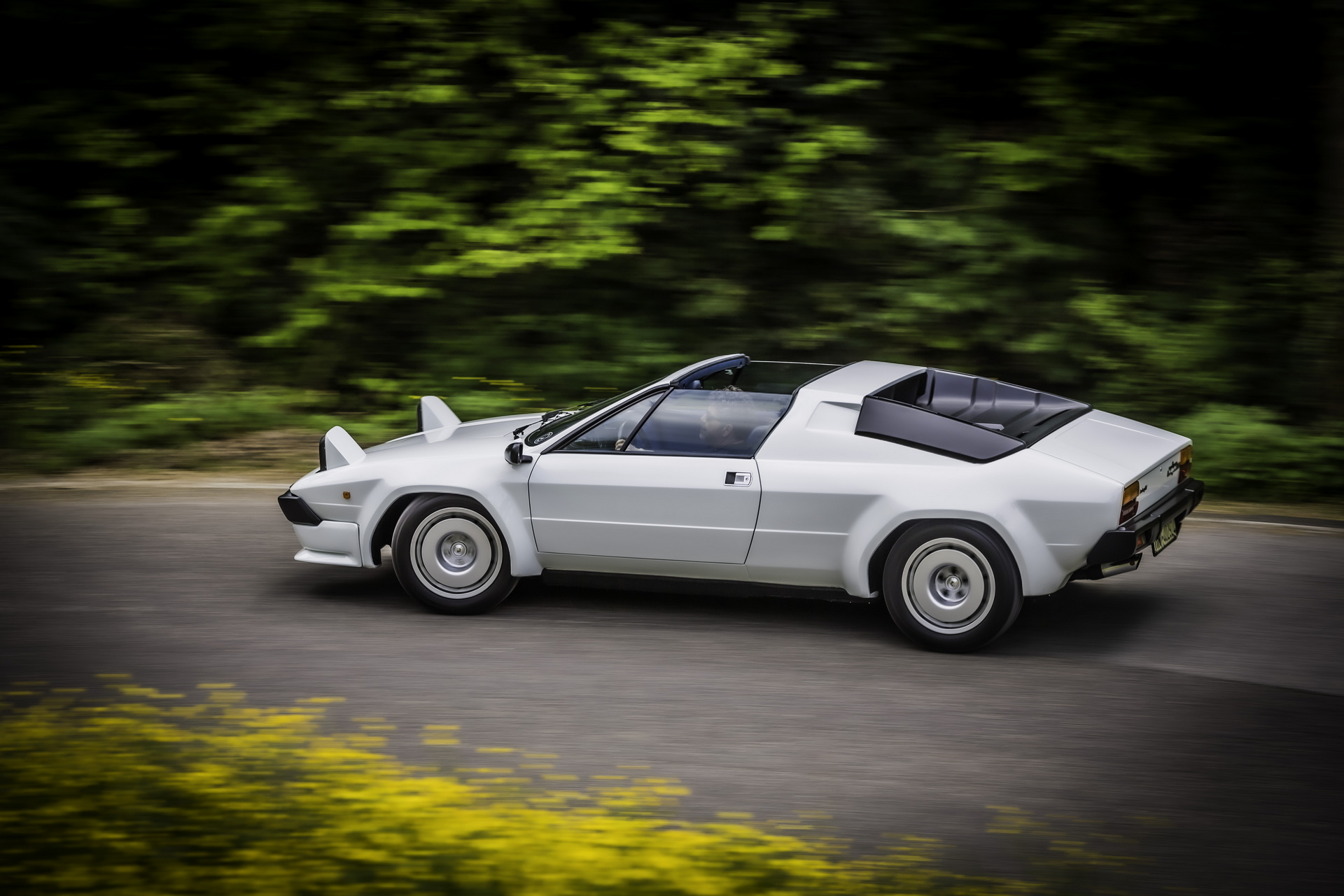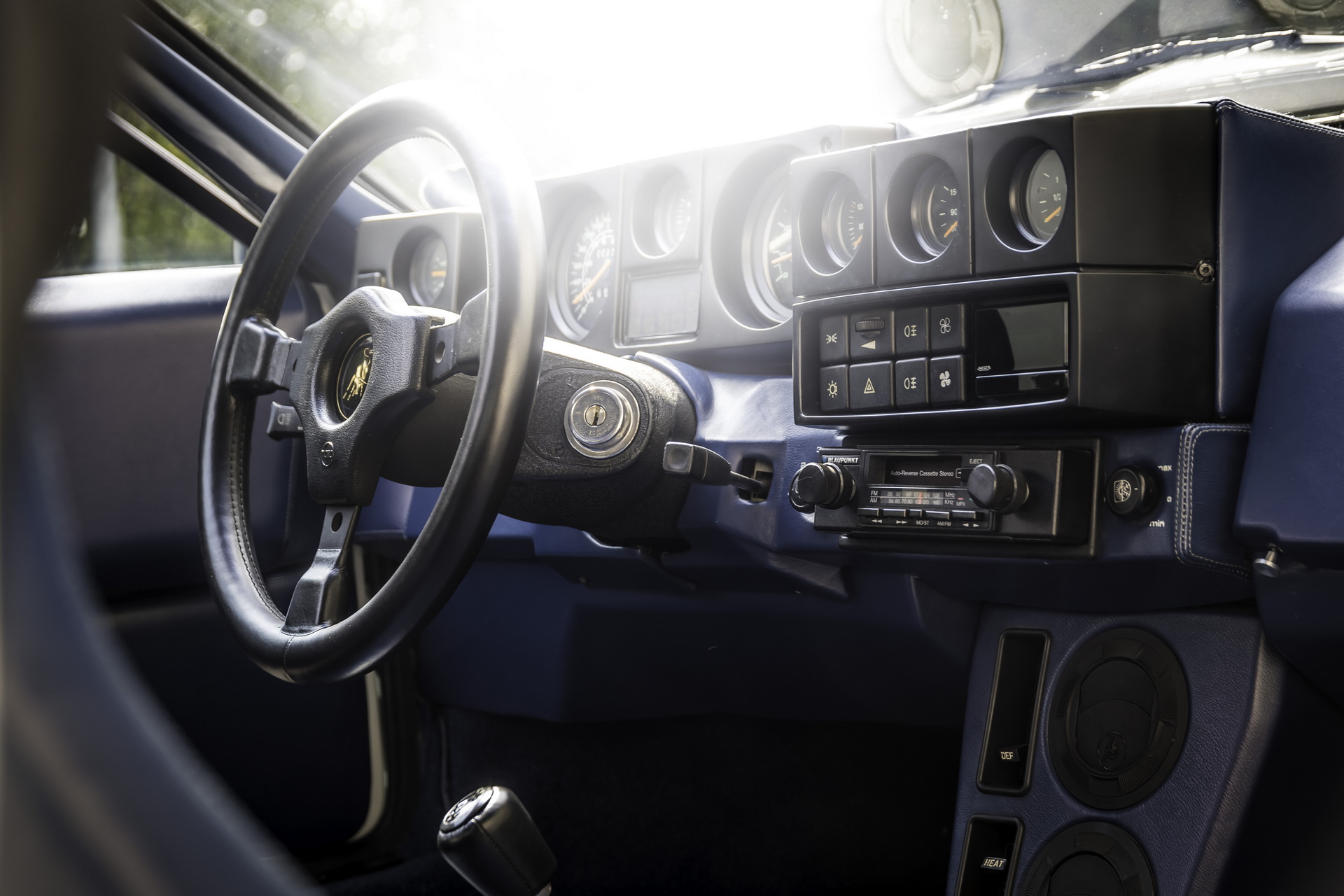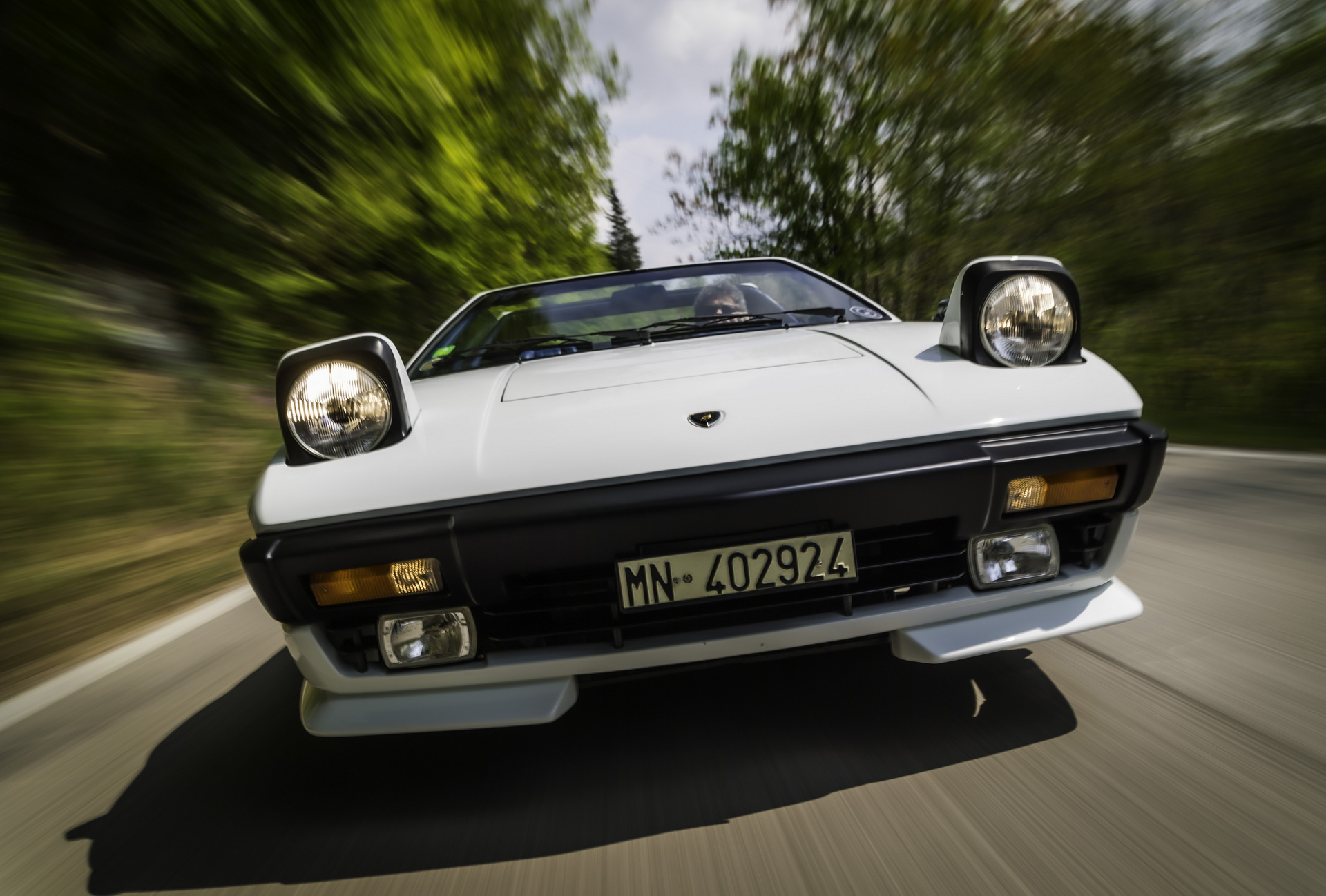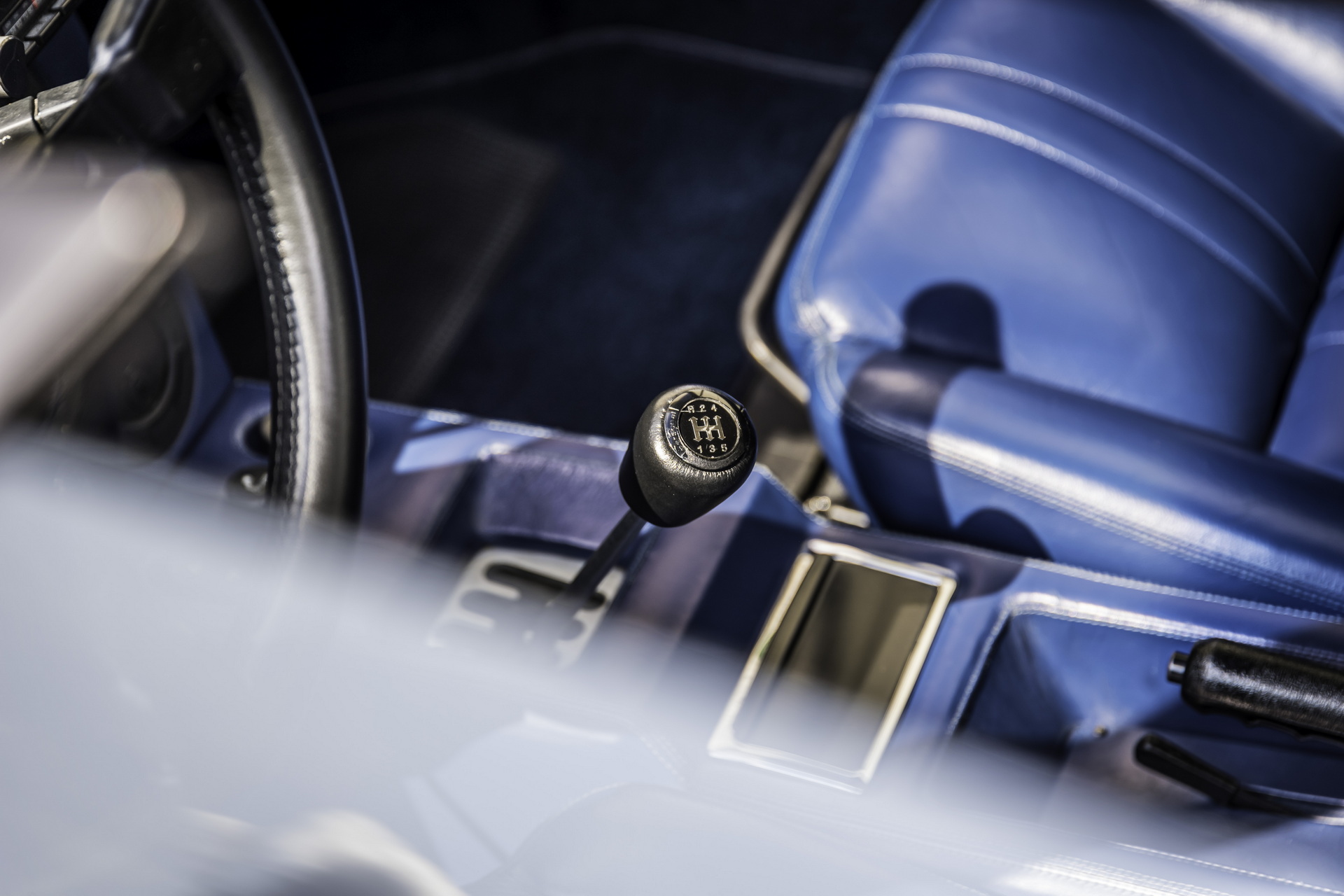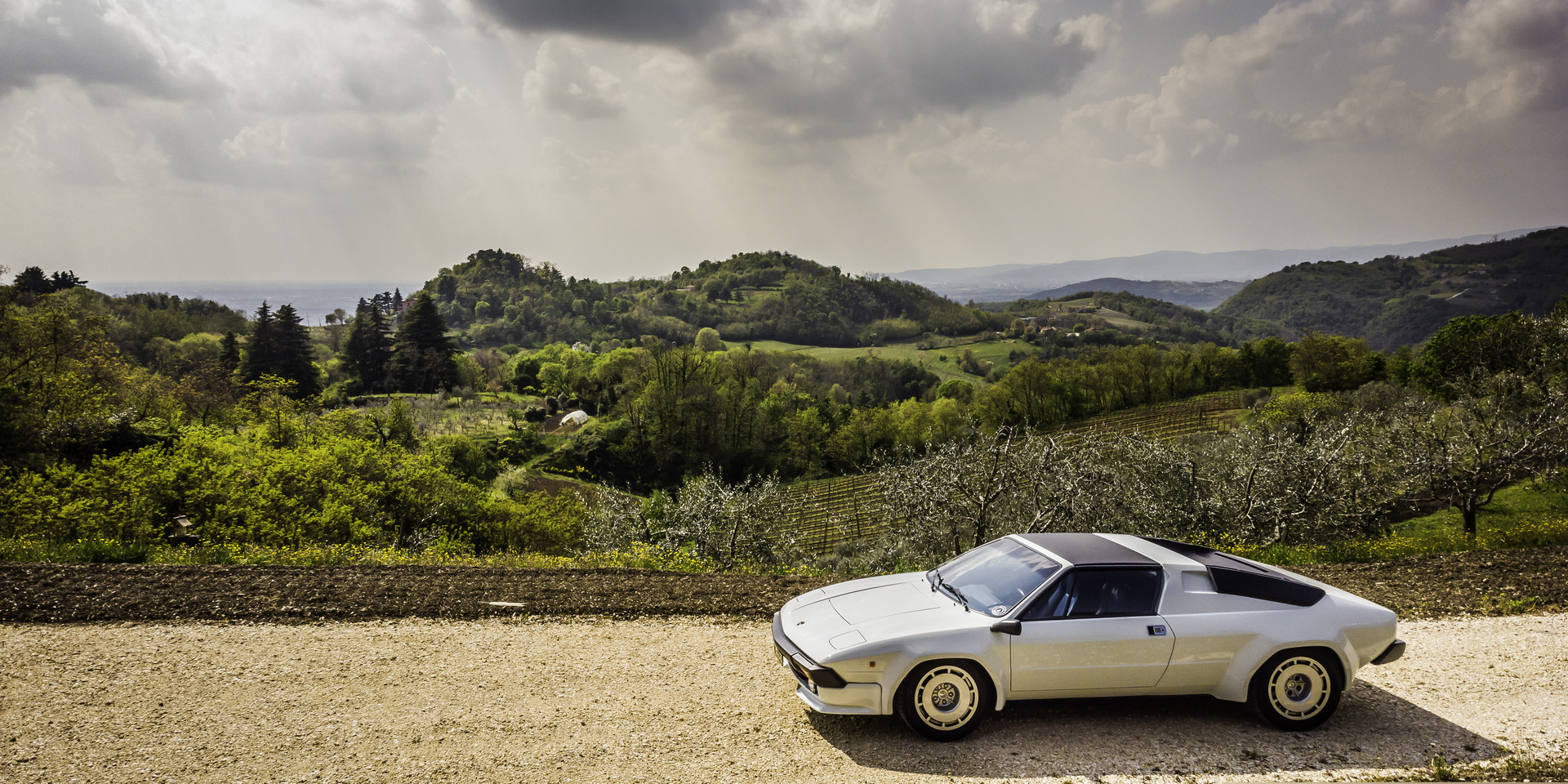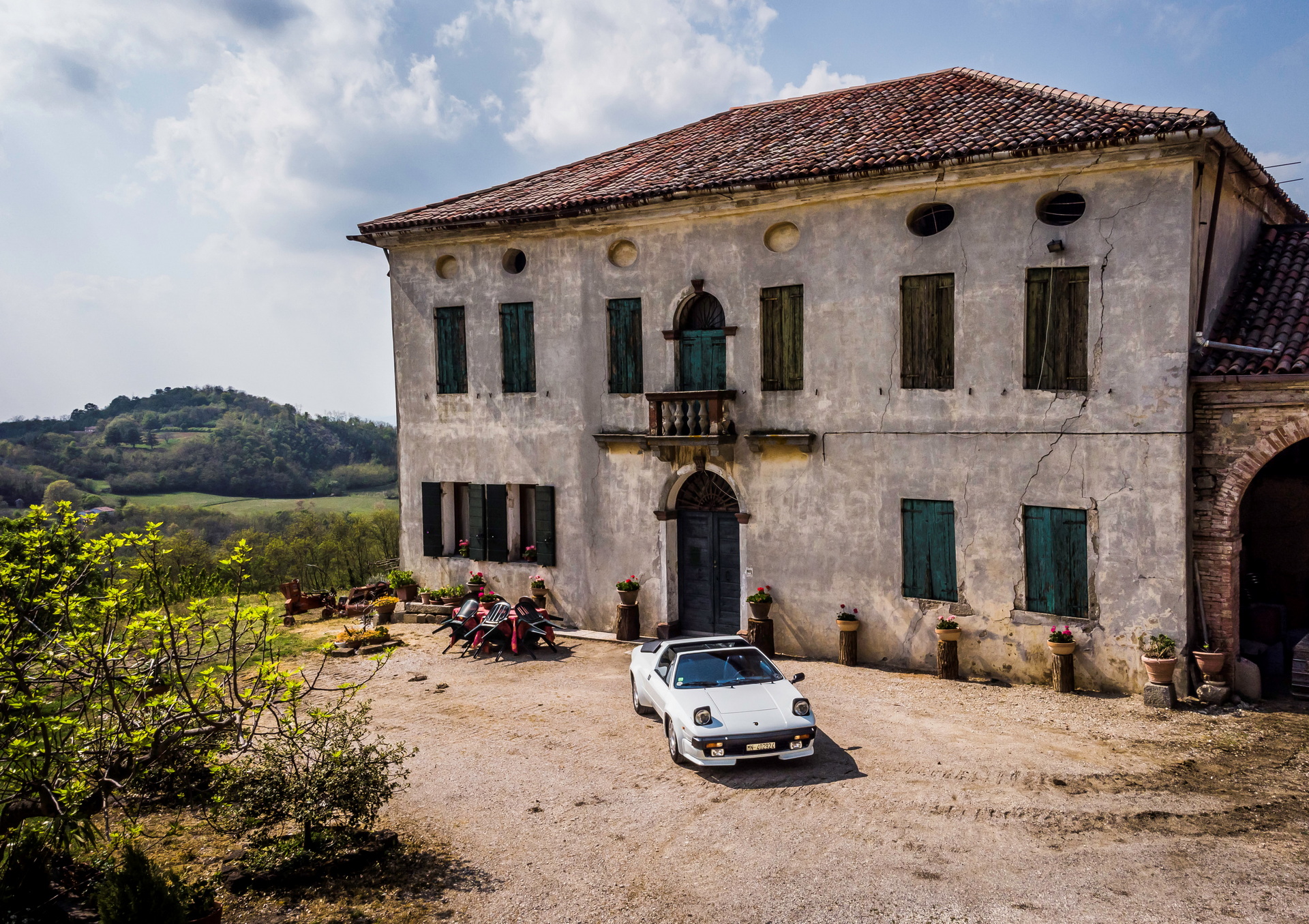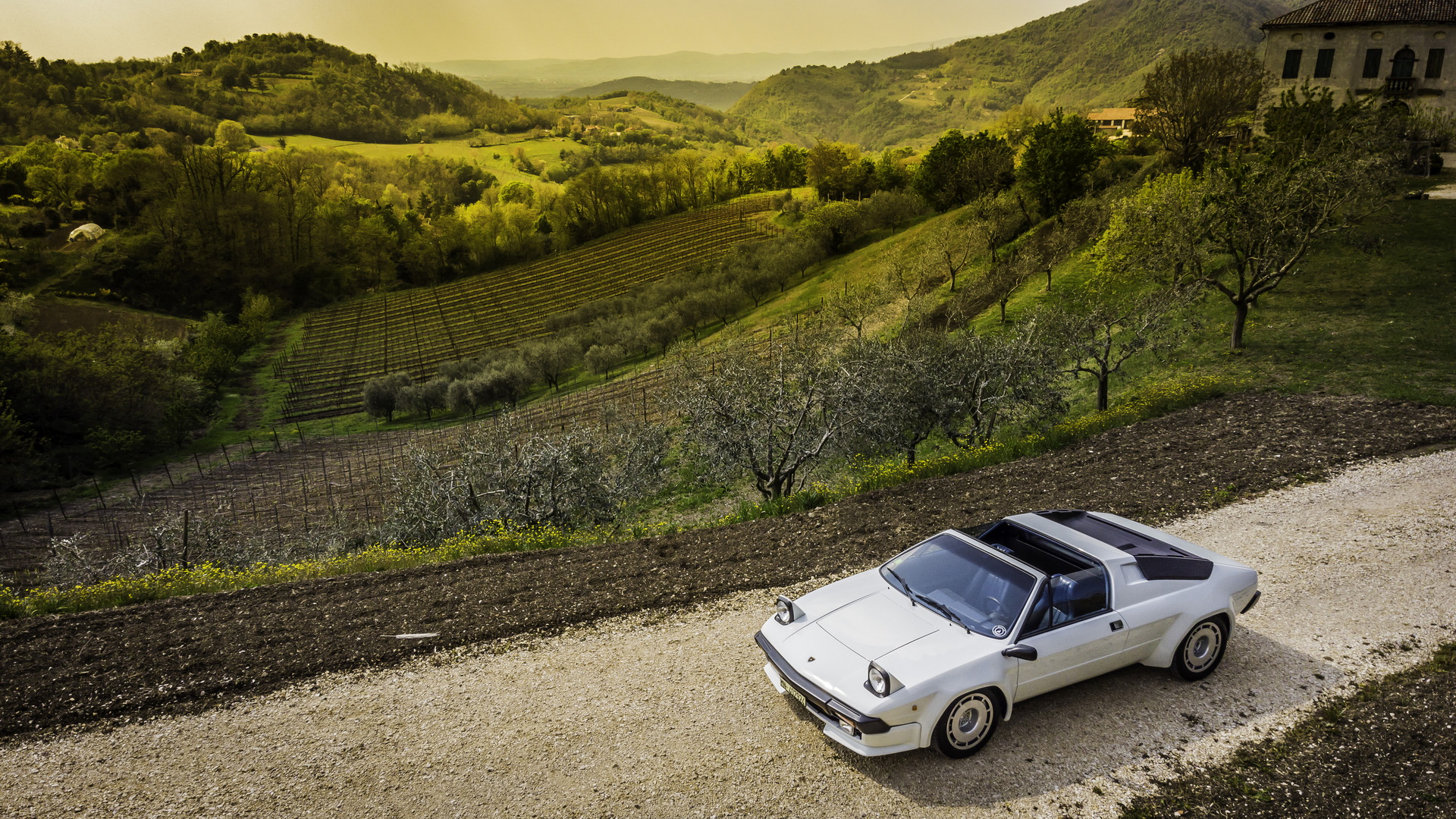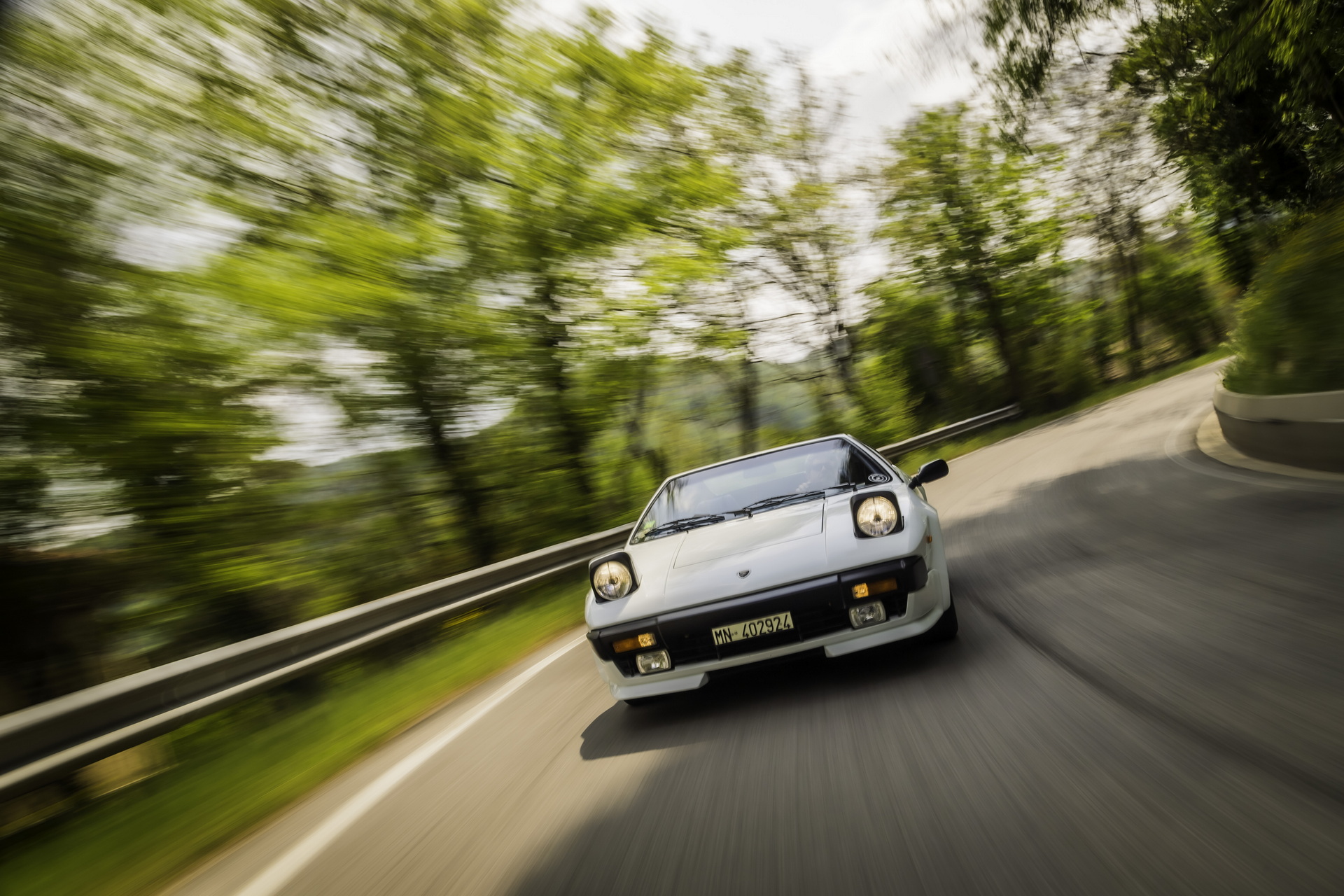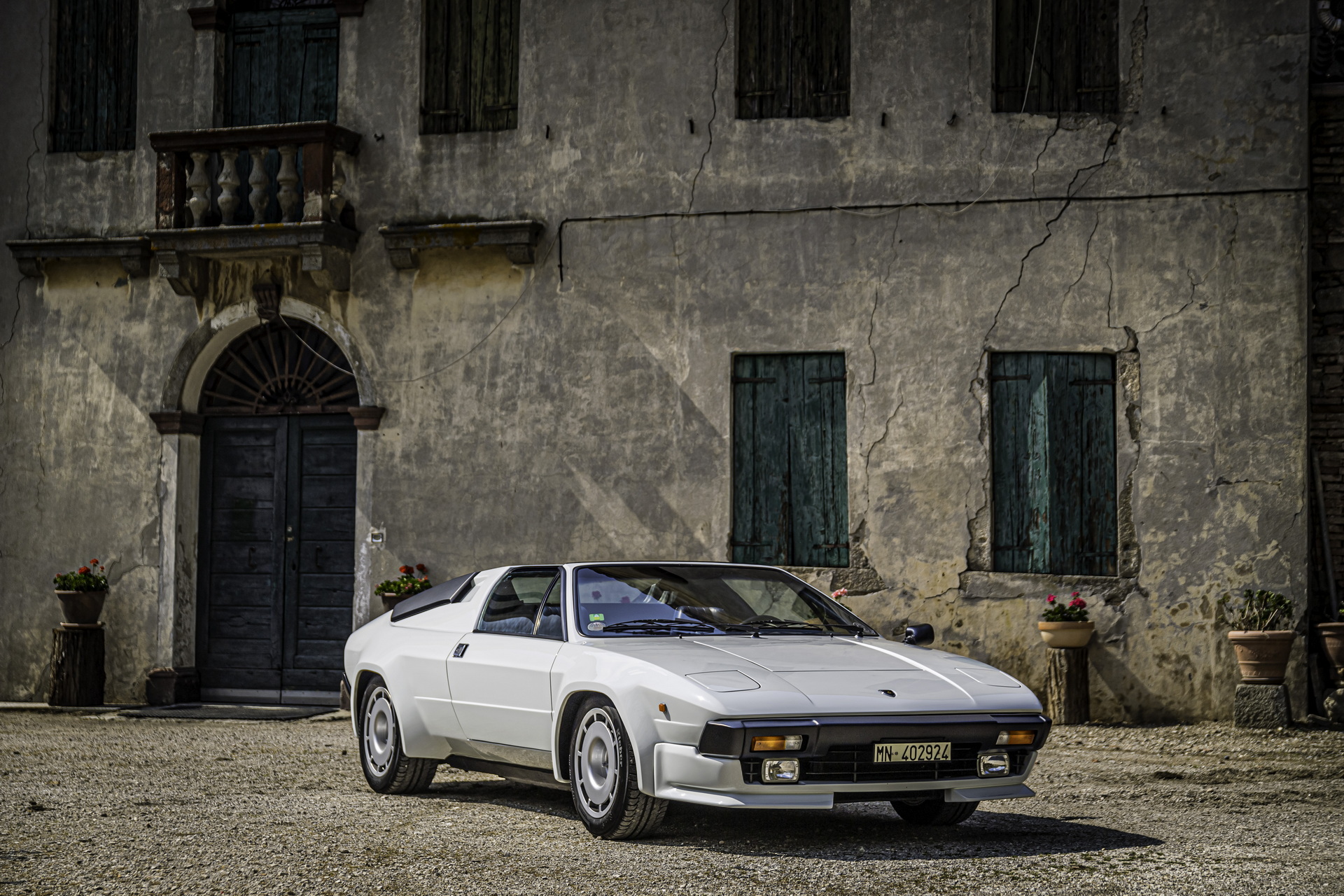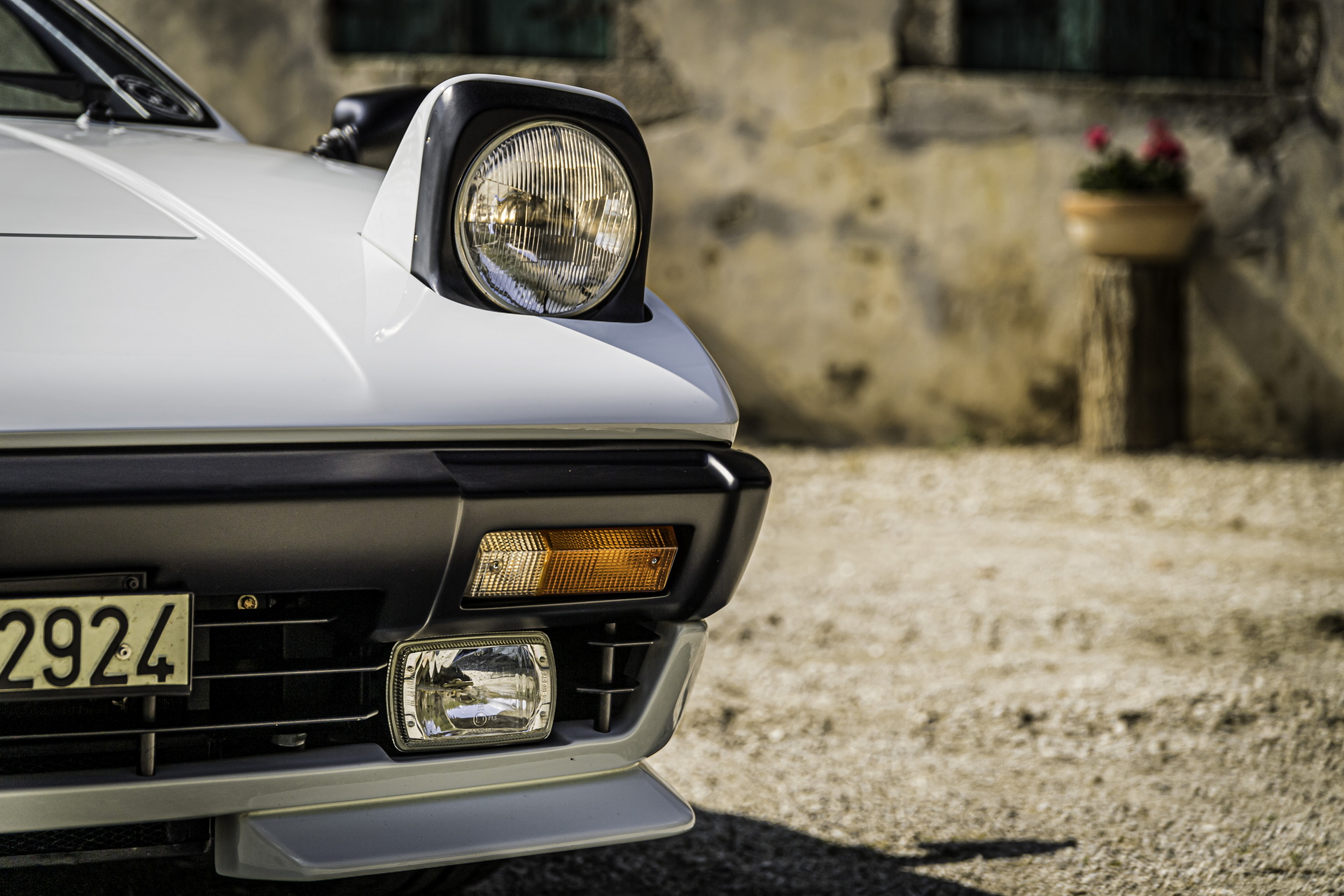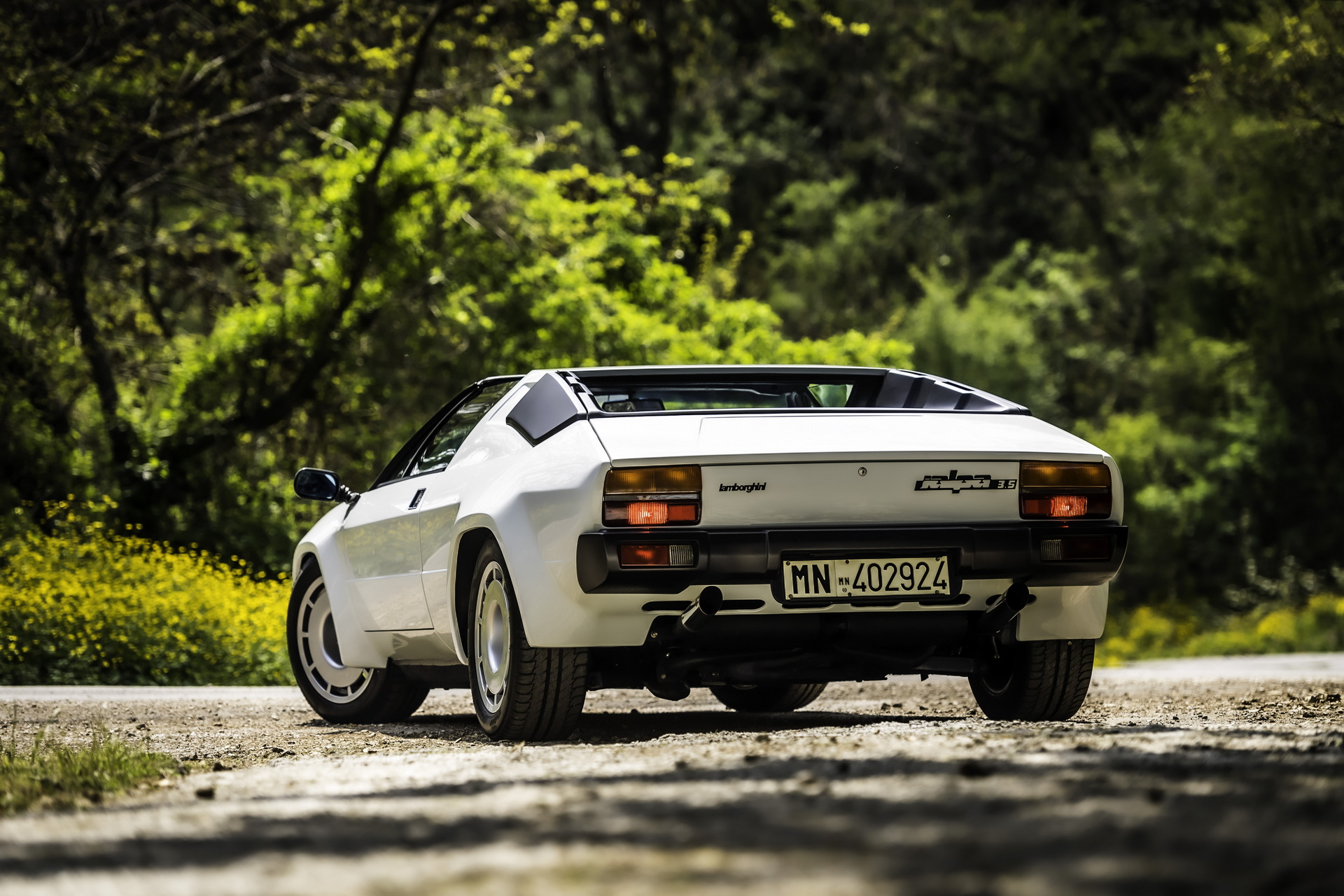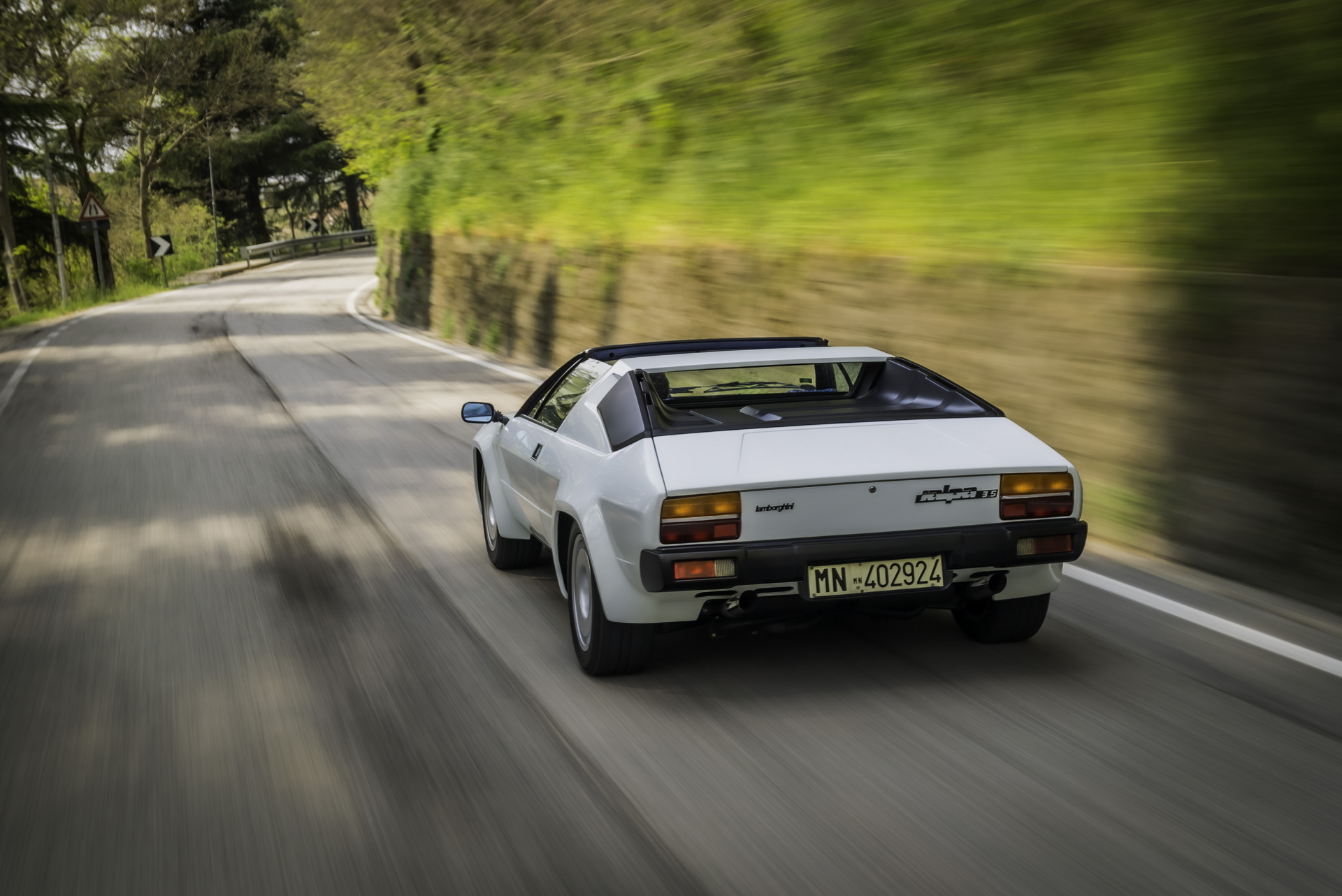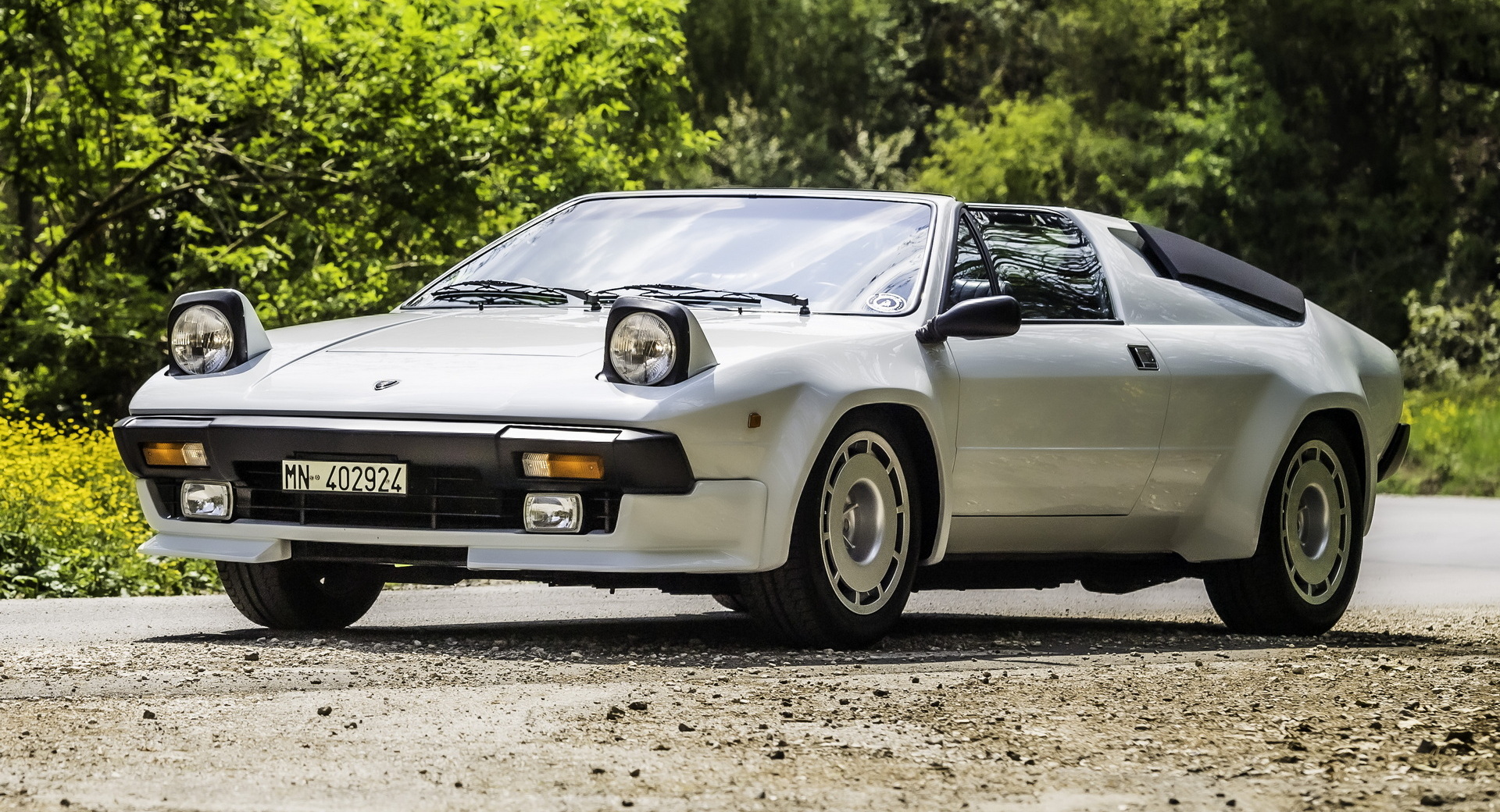Although it produced just 420 of them, the Lamborghini Jalpa marked a historical moment for the company. As the last V8-powered sports car in the brand’s history (no, the Urus is not classified as a sports car), its 40th anniversary is worth celebrating.
Unveiled at the Geneva Motor Show in 1981, the car is named after the Jalpa Kandachia breed of fighting bulls and was the last evolution of the grand tourer produced by Lamborghini.
The final development of the Urraco and Silhouette project, the Jalpa retained the general architecture of those cars while swapping in a bigger engine. The 3.5-liter, 90-degree V8 was made entirely of aluminum, fuel was supplied by four Weber 42 DCNF twin carburetors, and compression was set at 9.2:1. All of which allowed the engine to produce 255 hp (258 PS/190 kW) and 7,000 RPM and 231 lb-ft (314 Nm) of torque at 3,500 RPM, enough to get the Jalpa up to a top speed of 155 mph (248 km/h).
Read Also: Lamborghini’s Jalpa Could Be A Classic Worth Bidding For
The car was inspired by the Lamborghini Silhouette, which started life as a design exercise created by Carrozzeria Bertone in the late ’70s. It was itself based on the Urraco, which had more angular styling.
By 1981, Lamborghini was finally ready to sell the car at volume and came out with the Jalpa prototype. Finished in a special metallic bronze color, it featured some unique aesthetic design cues. The line, with the Targa roof, was designed by Marc Deschamps, who was the design director at Bertone from 1980. He was directly influenced and helped by Giulio Alfieri, who was the General Manager and Technical Director at the company at the time.
When the Jalpa entered production in 1982, it featured a semi-supporting steel body, black bumpers, and air intakes, as well as 16-inch alloy wheels. Inside, there was extensive use of leather and carpeting to mark it out as a luxurious, and less hardcore than the Countach, Lamborghini.
In era, critics applauded the car for its straightforward, engaging road handling. Produced between 1981 and 1987, just 420 units rolled off the line at Lamborghini’s plant. Although it was the end of the line for V8 Lamborghini sports cars, the company says that it was the direct predecessor of the 2003 Gallardo, which ended up being one of the best-selling cars the company has ever produced.




